The Ultimate Guide to Finding Your Own Private Paradise
Let’s be honest. You’ve seen the pictures on Instagram: a lone person, blissfully soaking in a steaming pool of turquoise water, surrounded by nothing but snow-dusted pines or rugged desert canyons. Then you go to that same spot, and it’s… different. It’s crowded. There’s a line. Someone’s portable speaker is blaring. The magic is gone. If you’re tired of soaking shoulder-to-shoulder with strangers, you’ve come to the right place. This isn’t just another list of well-known spots. This is the blueprint for how to find a truly secluded hot spring, one that isn’t in any guidebook and isn’t geotagged into oblivion. It takes work, a bit of detective skill, and a healthy dose of adventure. But the reward? It’s absolutely worth it.
Key Takeaways: Finding a secret soak is a multi-step process. It starts with deep digital and analog research, not just a simple search. It requires the right gear and backcountry awareness for a safe expedition. Most importantly, it demands a strict adherence to Leave No Trace principles and a commitment to protecting these fragile places for the future.
Why Bother? The Magic of a Truly Private Soak
Why go through all this trouble when you could just pay $20 to visit a developed resort? It’s a fair question. The answer lies in the experience. A developed hot spring is a transaction; a wild hot spring is a discovery. It’s the difference between a zoo and a safari. One is predictable and safe, the other is raw, unpredictable, and profoundly real.
There’s a quiet magic that happens when you’re the only one around. The only sounds are the gurgle of the spring, the wind in the trees, and your own breathing. You can truly connect with the landscape. You’re not just a visitor; you’re a participant in a timeless natural process. The steam rising into the cold air, the feel of mineral-rich water on your skin, the vastness of the sky above—it’s a multi-sensory experience that a concrete pool simply can’t replicate. It’s a reset button for the soul. The effort you put into the search makes the final soak that much sweeter. It’s earned.
The Digital Trail: Your Research Toolkit
Your hunt for a secluded hot spring begins not in the mountains, but on your screen. The key is knowing where—and how—to look. It’s about piecing together clues from various sources to form a complete picture.
Beyond a Simple Google Search
Typing “secret hot springs near me” into a search bar is the fastest way to find the least secret places on Earth. You have to think like a geologist and an old-school explorer. Commercial search engines are designed to give you popular results. We want the opposite. Your goal is to find areas of geothermal activity, not specific, named pools. Start with broad searches like “geothermal activity in [state/region]” or “fault lines in [mountain range].” This gives you a starting point, a wide circle on the map where you can begin to zoom in.
Mastering the Maps (Topographical & Geological)
This is where the real detective work begins. Maps are your best friend. Forget Google Maps’ road view; you need to get intimate with topography.
- Topographical Maps: Tools like Gaia GPS, CalTopo, or even the classic USGS topo maps are invaluable. They show you the lay of the land—the canyons, ridges, and water sources. A hot spring needs water, so look for streams and rivers. You’re looking for anomalies. A place where a creek doesn’t freeze in a topo map from winter? Interesting. A small, unnamed body of water near a known fault line? Very interesting. You can often overlay different map layers, which is incredibly powerful.
- Geological Maps: This is the next level. The USGS (United States Geological Survey) and similar agencies in other countries publish detailed geological maps. They show fault lines, volcanic rock types, and other indicators of geothermal activity. Hot springs are often located along fault lines where hot water from deep within the earth can travel to the surface. Cross-referencing a geological map with a topographical map is the single most effective technique for pinpointing potential zones.
Look for keywords in map data like ‘thermal,’ ‘hot,’ or ‘warm spring.’ Sometimes they’re marked, but are so remote that almost no one ever visits. That’s your sweet spot.
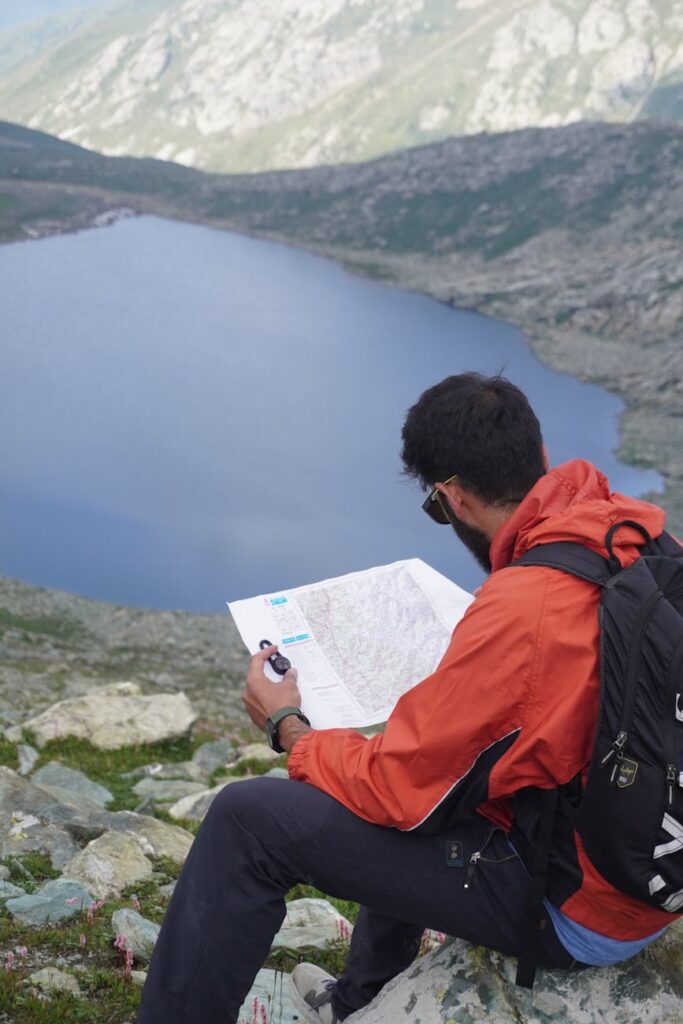
Diving into Online Communities & Forums
Online communities can be a goldmine, but you must approach them with respect and subtlety. Never, ever log into a forum like Reddit’s r/hotsprings or a regional hiking board and ask, “Where are the secret spots?” You will be rightfully ignored or mocked. The hot spring community is protective, and for good reason—social media has destroyed countless pristine locations.
Instead, lurk and learn. Read old trip reports. People might mention things in passing, like “we hiked up the north fork of XYZ creek and the water felt surprisingly warm.” That’s a clue. They might describe the geology of an area they were backpacking in. Another clue. You are looking for breadcrumbs, not a treasure map. Use these forums to understand a general area, not to get GPS coordinates.
Old-School Resources: Guidebooks and Local Lore
Don’t forget analog! Hunt down old, out-of-print hot spring or hiking guidebooks from the 70s and 80s. Many springs that were once mentioned have since been forgotten or fallen off the digital map. A trip to a used bookstore or a search on eBay can yield incredible results.
And never underestimate the power of talking to people. When you’re in a promising region, stop by the local diner, small-town library, or outdoor gear shop. Don’t ask for secrets directly. Instead, talk about your love for geology or remote hiking. Be genuine. Sometimes an old-timer will share a story or a hint that you won’t find anywhere else. This is rare, but when it happens, it’s pure gold.
Boots on the Ground: From Map to Mineral Water
Your research has given you a target—a promising drainage, a specific bend in a river, a cluster of geological markers. Now it’s time to transition from the digital world to the real one. This is where the adventure truly begins.
Gearing Up for the Hunt
Finding a wild hot spring is often a backcountry endeavor. You’re not just going for a soak; you’re going on an expedition. Your gear needs to reflect that. This isn’t a flip-flops and-towel situation.
- Navigation: A GPS device (like a Garmin inReach) or a phone with downloaded maps (using an app like Gaia GPS) is essential. But technology can fail. Always carry a physical map and a compass, and know how to use them.
- Footwear: Sturdy, waterproof hiking boots with good ankle support are non-negotiable. You’ll likely be hiking off-trail, through brush, and across creeks.
- Safety Kit: A well-stocked first-aid kit, a water filter or purification tablets, extra food, a headlamp with extra batteries, and a way to start a fire. Tell someone exactly where you are going and when you expect to be back.
- Soaking Gear: A lightweight, quick-drying towel. A small tarp to put your dry clothes on can be a lifesaver. And a good, durable Nalgene or water bottle. Soaking is dehydrating!

Reading the Landscape: How to Find a Secluded Hot Spring in the Wild
Once you’re in your target area, you need to use your senses. Look for visual and olfactory clues. Hot springs have a distinct signature on the landscape.
- Steam: On a cool morning, this is the most obvious sign. Scan the landscape, especially along creek beds, for rising vapor.
- Smell: That characteristic sulfur or ‘rotten egg’ smell is a dead giveaway. Use your nose and walk upwind.
- Mineral Deposits: Geothermal water is rich in minerals that get deposited as the water cools. Look for white, orange, or reddish staining on rocks. Formations like travertine terraces or sinter cones are unmistakable signs.
- Unusual Vegetation: In colder climates, the ground around a hot spring will remain snow-free. You might see bright green, water-loving plants like algae, mosses, and monkeyflowers growing in places or at times of year they shouldn’t be.
Safety First, Always
Wild hot springs are not regulated. There’s no one checking the temperature or water quality. You are 100% responsible for your own safety.
Crucial Safety Tip: Never jump into a hot spring. Water temperatures can exceed 200°F (93°C) and can cause fatal burns. Always test the water carefully with your hand or a finger first, starting from the edge or where the hot water mixes with a cooler source like a river.
Be aware of your surroundings. You’re in the wilderness, which means wildlife. Make noise while you hike. Store your food properly. Also, be aware of potentially unstable ground around geothermal features. What looks like solid earth could be a thin crust over scalding mud. Stick to established trails if they exist, and tread carefully everywhere else.
The Unwritten Rules: Hot Spring Etiquette
Finding a pristine, secluded hot spring is a privilege, and with that privilege comes great responsibility. The golden rule is to leave the place better than you found it. The survival of these special places depends on the behavior of the few people who visit them.
Leave No Trace, Period.
This is the most important rule. It means everything. Pack out everything you pack in. This includes apple cores, orange peels, and pistachio shells. Just because it’s biodegradable doesn’t mean it belongs. Don’t use soap, shampoo, or any other body product in or near the spring. The chemicals are devastating to the fragile ecosystem and unique algae that live in these waters. And absolutely no glass containers anywhere near a spring.
Respect the Source
Don’t try to be an amateur engineer. Resist the urge to build huge dams, divert the flow of water, or ‘improve’ the pool. Moving a few rocks to make a comfortable seat is one thing, but large-scale alterations can permanently damage the spring’s natural flow and structure. The goal is to enjoy the spring as it is, not mold it to your will.
The ‘Clothing Optional’ Conundrum
Many, if not most, primitive hot springs have a long-standing tradition of being clothing optional. This isn’t about being lewd; for many, it’s about a deeper connection to nature. If you arrive at a spring and others are soaking nude, the respectful thing to do is join them or find another time to visit. If you’re the first one there, it’s your call. The key is to be discreet, respectful, and non-judgmental. It’s not the place for gawking or making others feel uncomfortable.
Sharing (or Not Sharing) Your Discovery
You found it. Your own private paradise. The temptation to post it on social media is immense. Resist it. Geotagging a secret spot is the fastest way to destroy its solitude. Once the location is public, the crowds will follow, and the magic will be lost forever. It might feel like gatekeeping, but it’s actually an act of conservation. If you want to share your discovery, do it the old-fashioned way: by personally taking a trusted friend who you know will respect the location as much as you do.
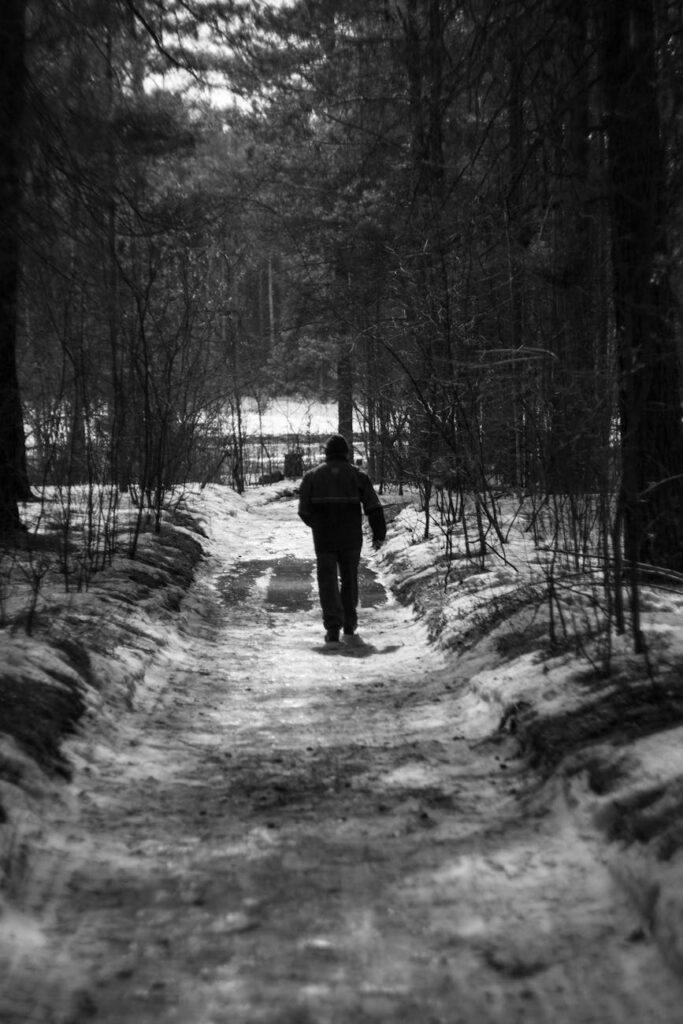
Conclusion: The Soak is Worth the Search
Finding a secluded hot spring is a journey. It’s a puzzle that tests your research skills, your patience, and your grit. It requires you to learn about geology, to read the land, and to step far off the beaten path. There will be frustrating dead ends and long hikes with no reward. But when you finally round a bend and see that first wisp of steam rising from a hidden pool, the feeling is indescribable. It’s a sense of discovery and accomplishment that you’ll never get from paying an entrance fee. You’ve earned your soak, and in the process, you’ve connected with the wild in a way that few ever do. The silence, the warmth, the solitude—that’s the real prize.
FAQ: Your Secluded Hot Spring Questions Answered
- Is it safe to get in any hot spring I find?
- Absolutely not. Some geothermal pools contain water that is acidic enough to dissolve clothing, or hot enough to cause instant, life-threatening burns. Others may harbor harmful bacteria, like Naegleria fowleri. Stick to springs that mix with cooler water sources, always test the temperature carefully, and never put your head underwater in a wild spring to avoid water entering your nasal passages.
- What’s the best time of year to look for hot springs?
- Late fall, winter, and early spring are often the best times. The colder air makes steam much easier to spot from a distance. There are fewer insects, and the contrast between the cold air and hot water is exhilarating. However, winter access can be challenging or impossible due to snow, so it requires more skill and preparation.
- How can I tell if a hot spring is on private property?
- This is crucial. Use a mapping app like onX Hunt or Gaia GPS that includes property line overlays. Cross-reference your potential location with these maps before you even leave the house. If you are on the ground and see ‘No Trespassing’ signs, fences, or other indications of private land, you must turn back. Respecting private property is non-negotiable.

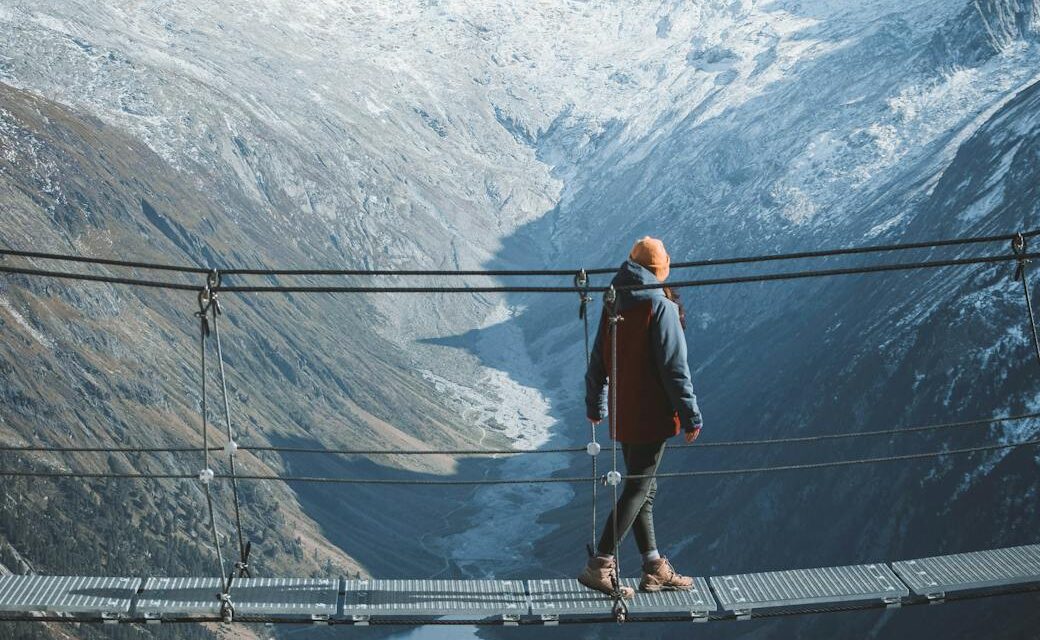

 Best Audiobooks for a Peaceful Drive
Best Audiobooks for a Peaceful Drive 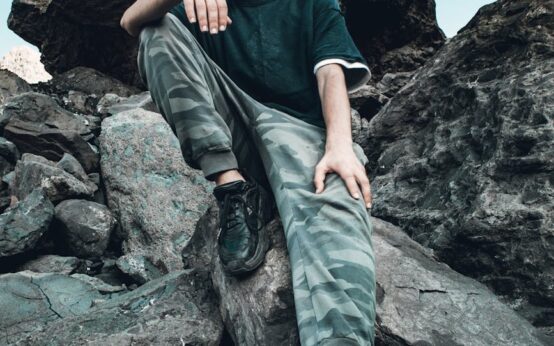 Cloud Gazing: The Ultimate Traveler’s Meditation
Cloud Gazing: The Ultimate Traveler’s Meditation 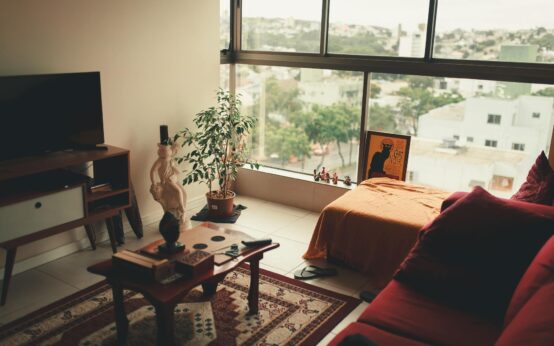 Build a Relaxation First-Aid Kit for Travel: Your Guide
Build a Relaxation First-Aid Kit for Travel: Your Guide  Aimless Wandering: The Flaneur’s Path to Relaxation
Aimless Wandering: The Flaneur’s Path to Relaxation 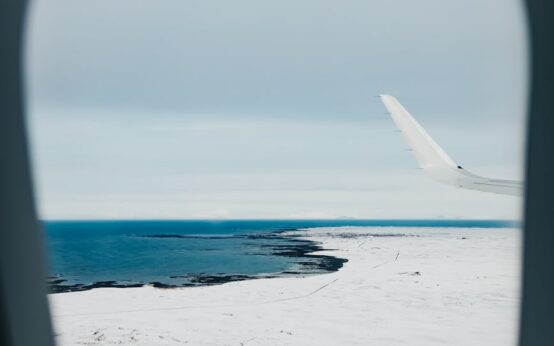 A Guide to the World’s Most Remote Inhabited Islands
A Guide to the World’s Most Remote Inhabited Islands  The Allure of Empty Stadiums: A Quiet Grandeur
The Allure of Empty Stadiums: A Quiet Grandeur  Sentiment Analysis for Crypto: A Trader’s Ultimate Guide
Sentiment Analysis for Crypto: A Trader’s Ultimate Guide  NFTs: The New Key to Membership & Brand Loyalty | Guide
NFTs: The New Key to Membership & Brand Loyalty | Guide  Polkadot’s Parachain Architecture Explained Simply
Polkadot’s Parachain Architecture Explained Simply  Crypto Phishing: How to Protect Your Digital Assets
Crypto Phishing: How to Protect Your Digital Assets  Social Media on Blockchain: The Next Digital Frontier
Social Media on Blockchain: The Next Digital Frontier  What is a Flash Loan? A DeFi Deep Dive for Beginners
What is a Flash Loan? A DeFi Deep Dive for Beginners